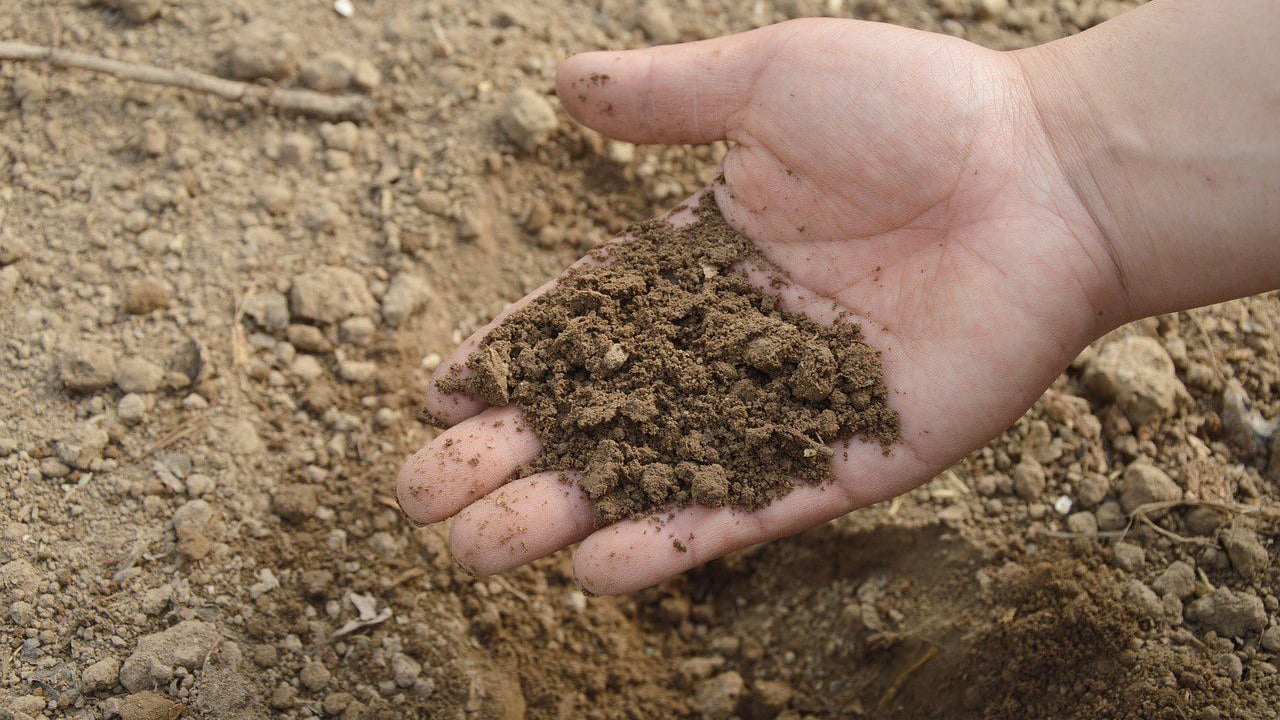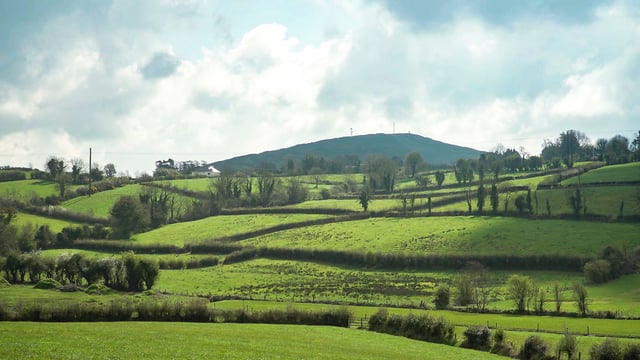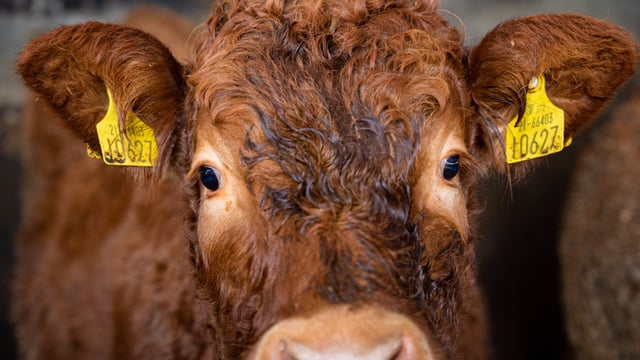EU soil strategy launched to protect 'magic carpet' of the food chain
A soil strategy for Europe has been launched that will aid the health and productivity of the "magic carpet" beneath our feet, helping us achieve climate and biodiversity targets; build a clean and circular (bio)economy; reverse biodiversity loss; and safeguard human health.
Among other key objectives, outlined below, the strategy aims to reduce the overall use and risk of chemical pesticides by 50% and the use of more hazardous pesticides by 50% by 2030.
According to the strategy document, EU Soil Strategy for 2030 - Reaping the benefits of healthy soils for people, food, nature and climate, soil hosts more than 25% of all biodiversity on the planet.
"This fragile layer will be expected to feed and filter drinking water fit for consumption to a global population of nearly 10 billion people by 2050" - report.
The main vision within the strategy takes us all the way to 2050 when "all EU soil ecosystems are in healthy condition and are more resilient".
But to make this happen requires very decisive changes in this decade, according to the strategy.
The strategy says the most effective and cheapest way to ensure clean and healthy soils in the long term is to prevent contamination in the first place.
"As a priority, contamination should be prevented at the source. This can be done, for example, by having clean industry, sustainable product design, improved recycling, waste management and nutrient recovery, more efficient fertiliser application or reduced pesticide use and risk," according to the strategy.
According to the strategy, a number of actions will be taken to prevent soil contamination. Building on the Farm to Fork, Biodiversity and Chemicals Strategies and the Zero Pollution Action Plan, the Commission will:
- Revise the Directive on the Sustainable Use of Pesticides and evaluate the Sewage
Sludge Directive by 2022. - Improve and harmonise the consideration of soil quality and soil biodiversity in EU risk assessments for chemicals, food and feed additives, pesticides, fertilisers, etc.
- Restrict intentionally used micro-plastics and develop measures on the unintentional release of microplastics by 2022.
- By July 2024, adopt biodegradability criteria for certain polymers, such as coating
agents and agricultural mulch films under the EU Fertilising Products Regulation. - The contaminant limits for EU fertilising products will be reviewed by July 2026 as part of the general review of that regulation.
The report comprises medium-term objectives to 2030 and longer-term ones to 2050.
Medium-term objectives
- Combat desertification, restore degraded land and soil, including land affected by desertification, drought and floods, and strive to achieve a land degradation-neutral world (Sustainable Development Goal 15.3).
- Significant areas of degraded and carbon-rich ecosystems, including soils, are restored17.
- Achieve an EU net greenhouse gas removal of 310 million tonnes CO2 equivalent per year for the land use, land use change and forestry (LULUCF) sector18.
- Reach good ecological and chemical status in surface waters and good chemical and quantitative status in groundwater by 2027.
- Reduce nutrient losses by at least 50%, the overall use and risk of chemical pesticides by 50% and the use of more hazardous pesticides by 50% by 2030.
- Significant progress has been made in the remediation of contaminated sites.
Long-term objectives
- Reach no net land take.
- Soil pollution should be reduced to levels no longer considered harmful to human
health and natural ecosystems and respect the boundaries our planet can cope with - creating a toxic-free environment. - Achieve a climate-neutral Europe and, as the first step, aim to achieve land-based
climate neutrality in the EU by 2035. - Achieve for EU a climate-resilient society, fully adapted to the unavoidable impacts of
climate change by 2050.





